Racial Injustice Resources from YouthWorks Staff
We’ve asked our staff to share resources that have challenged them to engage and grow in the area of racial inequality and injustice.
Unfortunately, it can sometimes be hard to know what organizations are doing behind the scenes to educate themselves and engage personally in conversations around systems of injustice. That’s why we’re sharing our staff’s personal journeys and resources that have impacted us. We have a long way to go—we’re continuing to listen, learn, and show up.
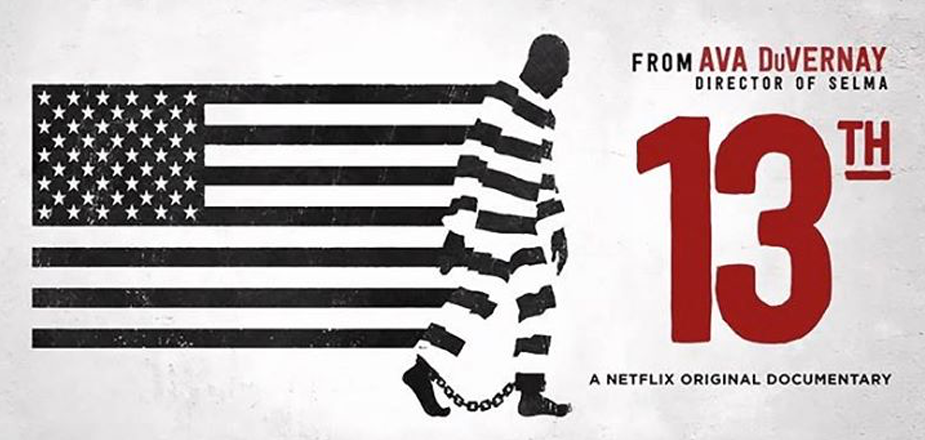
13th: From Slave to Criminal with One Amendment
DuVernay’s powerful documentary opened my eyes to layers of systemic racism that I had never personally experienced or had previously chosen to ignore (whether consciously or subconsciously, I’m still not sure.).
“When I think of systems of oppression historically and in this country, they’re durable. They tend to reinvent themselves, and they do it right under your nose.”- Glenn E. Martin
The 13th amendment had always been celebrated in my communities as a complete eradication of an unjust system, but the nuances in the amendment were masterfully crafted to reinvent that same system of oppression in a new way. It was reborn with a new name and a new politicized agenda, but the evil of the unjust systems were still intact.
Once my eyes were open to it, through the stories in DuVernay’s film and the additional personal research that the film led me to, I couldn’t ignore the truth that my skin and my family’s lineage had benefited from a game that is rigged in our favor.
The film is powerful and needs to be discussed, digested, and applied in community.
So as you watch the documentary, I strongly recommend this additional resource from Amy Williams, an incredible speaker and youth advocate specializing in gang intervention and juvenile justice in the Chicago area.
13th – Film Discussion Guide by Amy Williams
https://drive.google.com/…/1CGjZA2U1iqbsFcc1wLfOblHRWM…/view
Amy was graciously willing to put together this discussion guide for a group of youth workers we were leading through the film. It helped us place the truths of the documentary in the context of our own communities, our ministries, and the teenagers we disciple.
(Recommended by Jacob)
Blindspot
I started my journey with a book called Blindspot, by Mahzarin R. Banaji and Anthony G. Greenwald. This book opened my eyes and allowed me to see the hidden biases that were inherent, things that were unspoken and woven into my thoughts, feelings, and then my actions. It challenged me to think about how I was raised, words my parents, siblings, and leaders during my formative years had impacted me. Whether I agreed with or disagreed with what they said, it was still being planted in the soil of my mind and fueling those hidden biases. Even though I was awakened to Christ and His Spirit and sought to hear His voice and to be guided by His voice, I was still being led by those hidden biases without even knowing it.
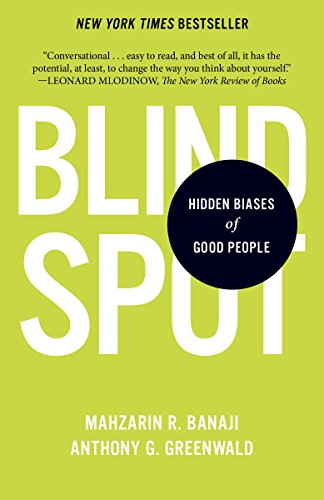
Please know that I read, listened and had to spend a lot of time in prayer, in confession, in lamentation, in conversation and in discomfort. There are plenty of resources out there for us to educate ourselves without going to someone and asking them to educate us first. The book references various Harvard University Implicit Bias tests you can take online; I took them all. Literally. Any test I could get my hands on. I wanted to know just how many, what kind and how deeply rooted these biases were. Just because I knew about them, didn’t mean they were gone. It did mean that I had to actively train my brain, pray for God’s help to rework thought patterns and challenge beliefs I held because of those implicit biases.
(Recommended by Misty)
Between The World And Me
Between the World and Me by Ta-Nehisi Coates completely changed the way I viewed an entire population of people and my friends. I began to finally understand the world they inhabited was not the same as the one I was seeing. The opportunities I had were not theirs. Although my life was hard and I was mistreated or abused, my whiteness prevented me from ever experiencing any form of abuse to my body the way their body was threatened or abused. It challenged me to truly see America’s History not from my white privilege or those that wrote the history books, but from the perspective of a group of people who were horrifically, and unjustly oppressed. A group of people who continue to be horrifically and unjustly oppressed.
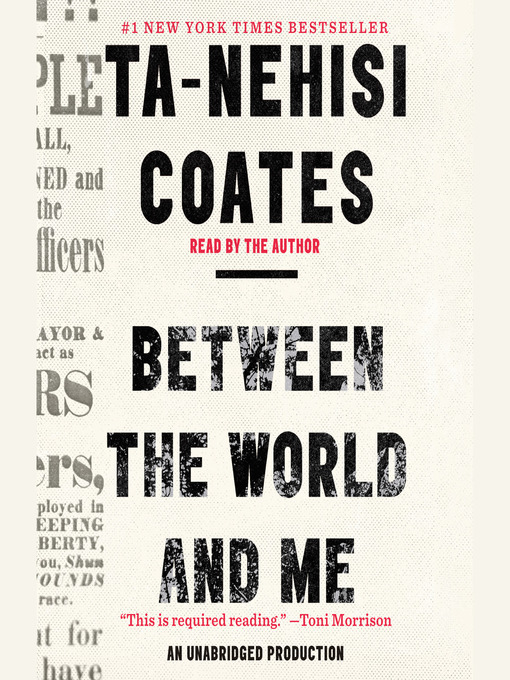
It challenged me and sent me back to scripture. It affirmed the belief I held and cemented it in my heart and my mind, that EVERY human has VALUE and WORTH and should be seen, heard and respected. Before I would ignorantly and naively state “I don’t see color, we are all the same”. I had no idea that ignorant statement, those words were removing an entire group of people from their worth, value, of their identity. I had no idea the ignorance and frustration this caused. I am Sorry.
(Recommended by Misty)
Jim Crow of the North PBS Documentary
Roots of racial disparities are seen through a new lens in this film that explores the origins of housing segregation in the Minneapolis area. But the story also illustrates how African-American families and leaders resisted this insidious practice, and how Black people built community — within and despite — the red lines that these restrictive covenants created.
(Recommended by Rhonda)
My Grandmother's Hands
In this groundbreaking book, therapist Resmaa Menakem examines the damage caused by racism in America from the perspective of trauma and body-centered psychology.
The body is where our instincts reside and where we fight, flee, or freeze, and it endures the trauma inflicted by the ills that plague society. Menakem argues this destruction will continue until Americans learn to heal the generational anguish of white supremacy, which is deeply embedded in all our bodies. Our collective agony doesn’t just affect African Americans. White Americans suffer their own secondary trauma as well. So do blue Americans—our police.
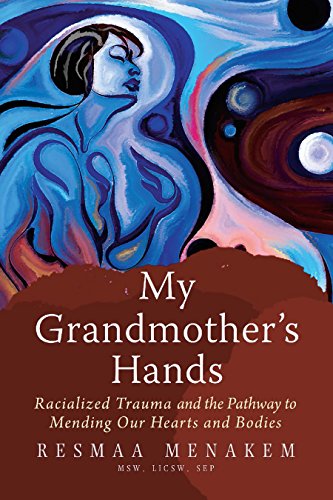
(Recommended by Rhonda)
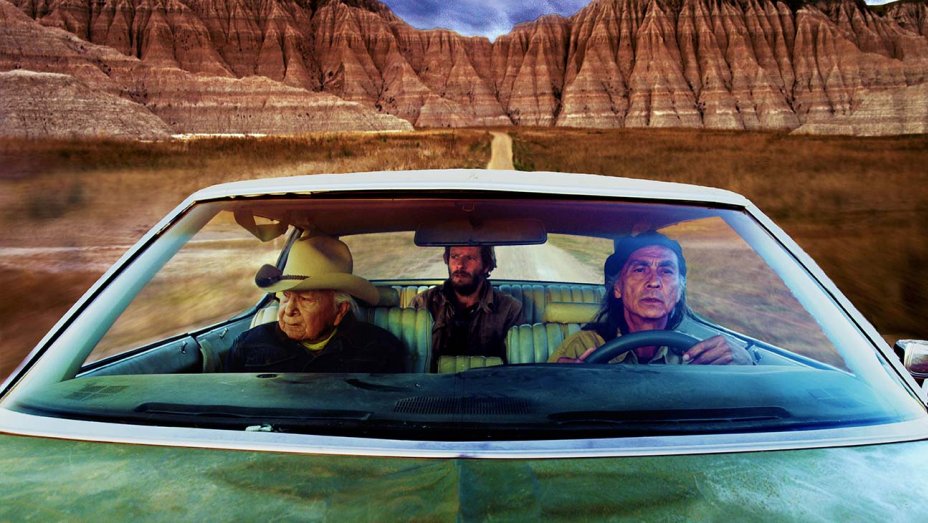
Neither Wolf Nor Dog (book & film)
My first experience of both physically and cognitively understanding what it meant to be both white skinned and Catholic was when I left my predominantly white neighborhood in Milwaukee, and served with YouthWorks as a Site Director on the Wind River Reservation in 2014. That summer, I distinctly remember attending an Eastern Shoshone tribe pow wow after being invited by a tribal member one evening. My entire team was white skinned and Christian. I remember walking towards the dance circle arena and looking around realizing that my team and I were the only white people there. This was the first time in my life I had truly been one of the only white people in an outdoor or indoor space. I held feelings of deep discomfort in being out of place, but also discomfort in the knowledge that even though my Christian and white ancestors had caused unfathomable pain in this land and to the Native peoples, I was still invited to enter into this space.
Following that summer, I sought out resources to better educate myself on the history of white and Christian oppression over Native peoples and land. I was recommended a book to read called: Neither Wolf nor Dog: On Forgotten Roads with an Indian Elder by Kent Nerburn. In the book, readers hear the story and voice of a Lakota Elder named Dan. Two quotes from the book that I’ve been reminded of in the midst of unrest recently read:
“Our old people noticed this from the beginning. They said that the white man lived in a world of cages, and that if we didn’t look out, they would make us live in cages too. So we started noticing. Everything looked like cages. Your clothes fit like cages. Your houses looked like cages. You put your fences around your yards so they looked like cages. Everything was a cage. You turned the land into cages. Little squares. Then after you had all these cages you made a government to protect these cages. And that government was all cages. All laws about what you couldn’t do. The only freedom you had was inside your own cage. Then you wondered why you weren’t happy and didn’t feel free. You made all the cages, then you wondered why you didn’t feel free.”
“If at times my words seem angry, you must forgive me. In my mind, there is great anger. No one who has seen the suffering of our children and the tears of our grandmothers cannot be angry. But in my heart I struggle to forgive, because the land is my teacher, and the land says to forgive.”
Since my first experience on the Wind River Reservation, I have served with YouthWorks on both the Navajo Nation and Osage Reservations. In my experiences and conversations with the Native people we partner with, one of the most important things I have been taught by them and in turn, worked on, grown in and am still growing in is listening As Dan mentions:
“Our elders told us this was the best way to deal with white people. Be silent until they get nervous, then they will start talking. They will keep talking, and if you stay silent, they will say too much. Then you will be able to see into their hearts and know what they really mean. Then you will know what to do.”
As a white, Christian woman, I can never know or fully understand the experience of my BiPOC brothers and sisters, but what I can do is LISTEN to them and believe them. I can actively enter into spaces that I feel discomfort in and listen. It is in the midst of those spaces where together we can then work to pave a way forward.
(Recommended by Jenny)
I’m Still Here: Black Dignity in a World Made for Whiteness
By Austin Channing Brown
http://austinchanning.com/the-book
Brown’s willingness to share parts of her personal journey as a black woman opened my eyes to the insidious nature of covert racism and micro-aggressions that people of color feel in every aspect of their life.
“I am trying to clarify what it’s like to exist in a Black body in an organization that doesn’t understand it is not only Christian but also white.
But instead of offering empathy and action, whiteness finds new names for me and offers ominous advice.
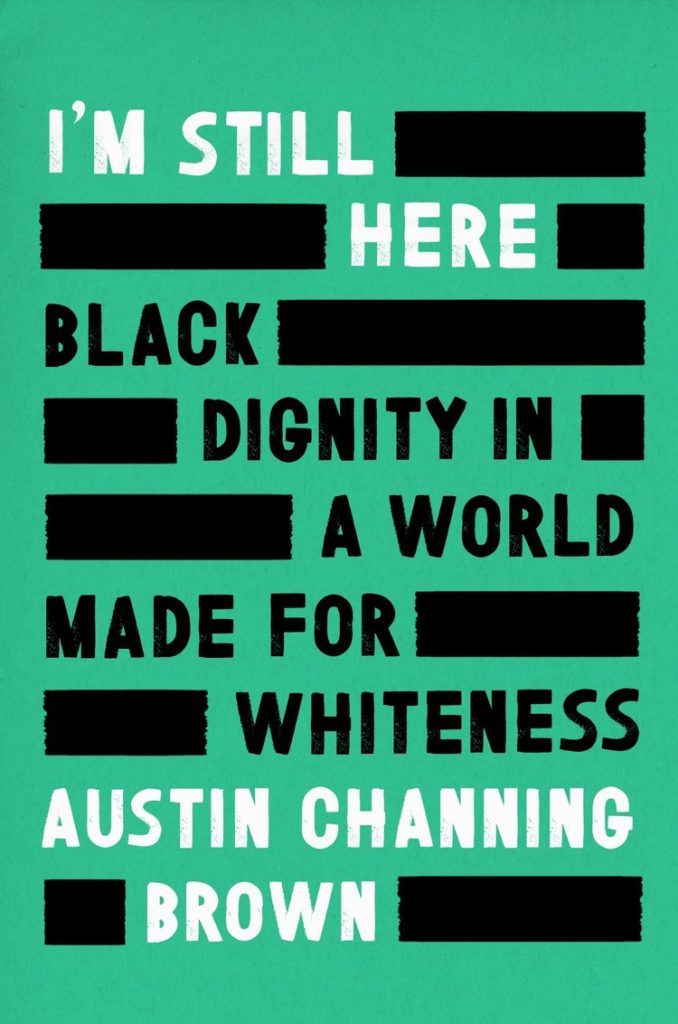
I am too sensitive, and should be careful with what I report.
I am too angry, and should watch my tone when I talk about my experiences.
I am too inflexible, and should learn to offer more grace to people who are really trying.
It’s exhausting.” – Austin Channing Brown
Every organization I’ve served has had “Diversity” as a key value, and I’ve always celebrated the idea of diversity without much thought to the practical aspects of it. Brown’s honest call in “I’m Still Here” revealed just how shallow my personal dedication to diversity has been.
One profound realization was about code-switching. Brown opened my eyes to the realities of people of color who have to constantly code-switch, scanning every room they enter and determining what kind of posture or forms of communication will be accepted or will cause offense. My own simple ability to feel comfortable and relaxed among a group of coworkers or peers wasn’t that simple for the people of color in my life, and I began to notice the hundreds of tiny ways I had created that struggle for them.
Brown’s book is powerful and the concepts require continued engagement.
So as you read the book, I strongly recommend connecting with national speaker and trainer Fred Oduyoye and his work through “Reachable Reconciliation”.
Fred has been a mentor of mine in many ways over the years, and he is passionate about helping faith leaders engage in the practical aspects related to their values of diversity in their ministries and organizations.
(Recommended by Jacob)
Killing the Black Body: Race, Reproduction, and the Meaning of Liberty
In 1997, this groundbreaking book made a powerful entrance into the national conversation on race. In a media landscape dominated by racially biased images of welfare queens and crack babies, Killing the Black Body exposed America’s systemic abuse of Black women’s bodies. From slave masters’ economic stake in bonded women’s fertility to government programs that coerced thousands of poor Black women into being sterilized as late as the 1970s, these abuses pointed to the degradation of Black motherhood—and the exclusion of Black women’s reproductive needs in mainstream feminist and civil rights agendas.
(Recommended by Rhonda)
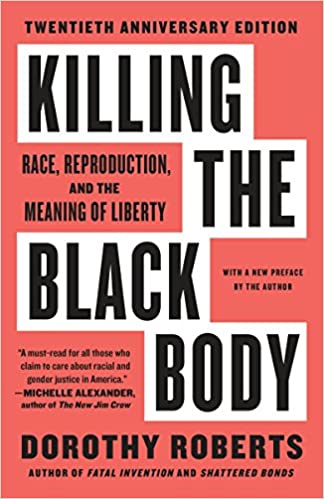
YouthWorks
Top Posts
Make the Most of Your Students’ Spring Break
Mission Trip Fundraising Ideas
How to Create a Fundraising Letter
Experiences that help students grow their faith through service
Service trips in over 30 communities
